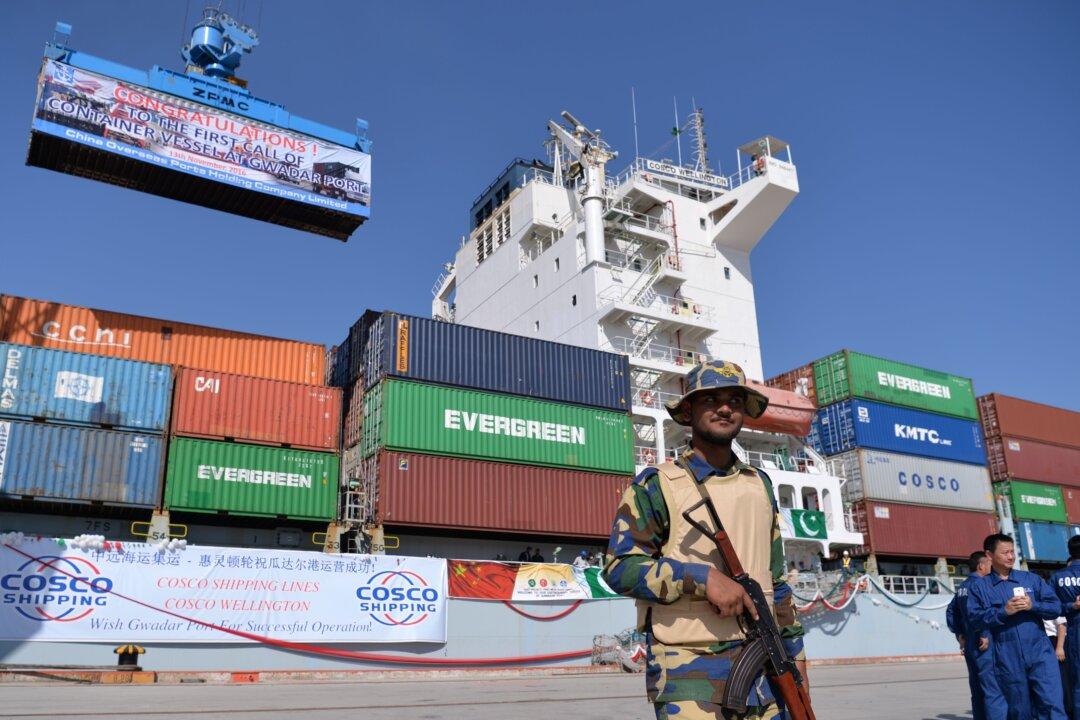Commentary
Building partnerships in Southwest Asia is a key element of communist China’s inexorable march toward Xi Jinping’s goal of domination of the world economy.

Building partnerships in Southwest Asia is a key element of communist China’s inexorable march toward Xi Jinping’s goal of domination of the world economy.